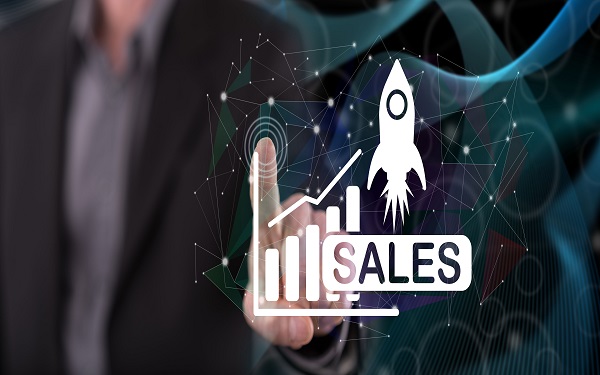One of the most important questions any business has to ask itself when considering investment in new technology is what kind of value they can expect to get in return.
While it’s customary to try to put a monetary value on this – ROI (return on investment) is the classic metric for measuring the impact of any technology in a business – quite often you have to take an indirect route to calculating such a figure.
The value of the returns might come from efficiency gains a certain piece of tech helps you make. Or from boosting productivity and output by a certain percentage. Or, even harder to pin down, from anticipated revenue growth achieved through giving customers a better experience.
Point of sale technology can deliver positive returns in all of these ways. But it can also add value in a much more direct way – by helping to increase the amount of money coming in through your checkout. Here are three examples of how.
Automated upselling and cross selling
Encouraging a customer to upgrade to a more premium version of a chosen product, or capitalising on buyer impulse by suggesting another product related to their purchase, are time-honoured ways of increasing average sale value. And while skilled sales people are great at upselling and cross selling, it has to be acknowledged that it can be a tricky skill to master.
Some of your agents will be better at it than others. They will have good days and off days. Sometimes, when there is a queue of customers and they feel under pressure to close sales quickly, they will forget to do it.
Unlike people, modern digital POS systems never forget. With sales analytics, a POS can identify common purchasing patterns for every product scanned and prompt an agent with useful recommendations. Or as evidence from the QSR sector shows, customers are even more likely to respond to an up or cross sell recommendation if it flashes up on a self-service kiosk screen.
By connecting sales analytics to your CRM, you can go even further in making the right recommendations to the right people by using customer purchase history to make personalised suggestions.
Increased throughput
Speaking of kiosks, another way self-service is credited with boosting sales revenues is by reducing wait and purchase processing times. The combination of staffed and self-service checkout options has been shown to be highly effective in reducing queue times by as much as 40%.
That means more customers moving through checkout. And more sales obviously increases the likelihood of your overall revenue increasing.
Tipping prompts
Finally, in the restaurant sector, a new piece of research has highlighted the impact POS has on tipping. When a tip is automatically added to the bill, 45% of American diners say they tip more than they would have if left to their own devices. This seems to be particularly effective when mobile POS tablets are used to present the check to the customer at the table.
What we see in the above examples is the value of a blended approach to POS these days. Through a combination of staffed terminals connected to powerful analytics to help prompt your sales teams, self-service kiosks to hand customers more freedom and increase throughput, and mobile POS to take service to the customer, you have a mix that can be highly effective in boosting your sales revenues.




